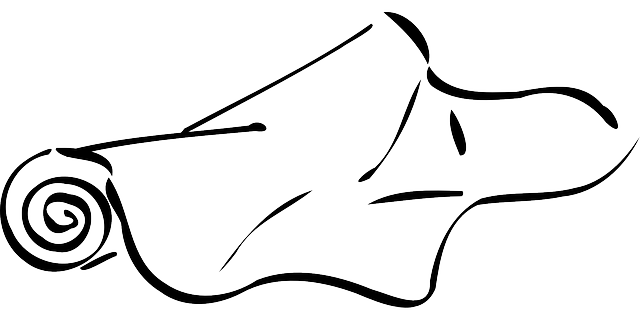Editing a Mapfile¶
This page gives an overview of how a Mapfile that has been transformed into a mappyfile Python dictionary can be edited. Example of using mappyfile and MapServer Python MapScript are provided side-by-side.
Converting from MapScript¶
This section has some side-by-side examples of Python MapScript code, and its mappyfile equivalent. The simple examples have little difference between them. The power of mappyfile becomes more apparent with the more complicated Mapfile manipulations.
As mappyfile is simply working with text, you don’t have to worry that paths referenced in the Mapfile exist on the local machine. This is particularly useful when updating an existing local Mapfile to deploy on a production server.
Updating a Metadata Value¶
Note some of the Python MapScript API has been modified since v7.2 to better match and work with mappyfile.
# mapscript - standard MapScript API
mymap.setMetaData("ows_title", "My WMS Map")
# mapscript - new hash table API - added as a convenience
# to the Python MapScript bindings only
mymap["metadata"]["ows_title"] = "My WMS Map"
# mappyfile
mymap["metadata"]["ows_title"] = "My WMS Map"
Changing the Error Log Location¶
# mapscript
# the next line throws an error unless it is set to a file/location that exists
mymap.setConfigOption("MS_ERRORFILE", error_log)
mymap.debug = debug_level # set debug level
# mappyfile
mymap["config"]["ms_errorfile"] = error_log
mymap["debug"] = debug_level
Updating a Validation Setting¶
# mapscript
if l.validation.get('MYPARAMETER'):
l.validation.set('MYPARAMETER', filter)
# mappyfile
if "MYPARAMETER" in l["validation"]:
l["validation"]["MYPARAMETER"] = filter
Replacing Classes in a Layer¶
MapScript (using fromstring):
# define class strings
c1 = """
CLASS
NAME 'The World'
STYLE
OUTLINECOLOR 0 255 0
END
END"""
c2 = """
CLASS
NAME 'Roads'
STYLE
OUTLINECOLOR 0 0 0
END
END"""
# remove existing classes
for idx in reversed(range(0, layer.numclasses)):
layer.removeClass(idx)
# create a new class object from the strings and add to the layer
for c in classes:
clsObj = mapscript.fromstring(c)
layer.classes.append(clsObj)
mappyfile:
# define all classes in a single string
classes = """
CLASS
NAME 'The World'
STYLE
OUTLINECOLOR 0 255 0
END
END
CLASS
NAME 'Roads'
STYLE
OUTLINECOLOR 0 0 0
END
END
"""
# parse the string and replace the existing classes for the layer
layer["classes"] = mappyfile.loads(classes)
